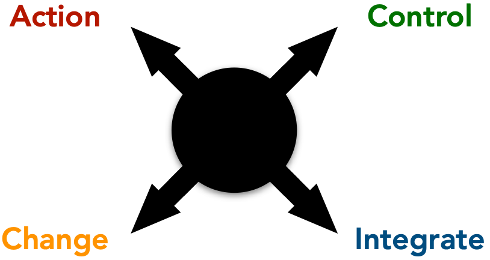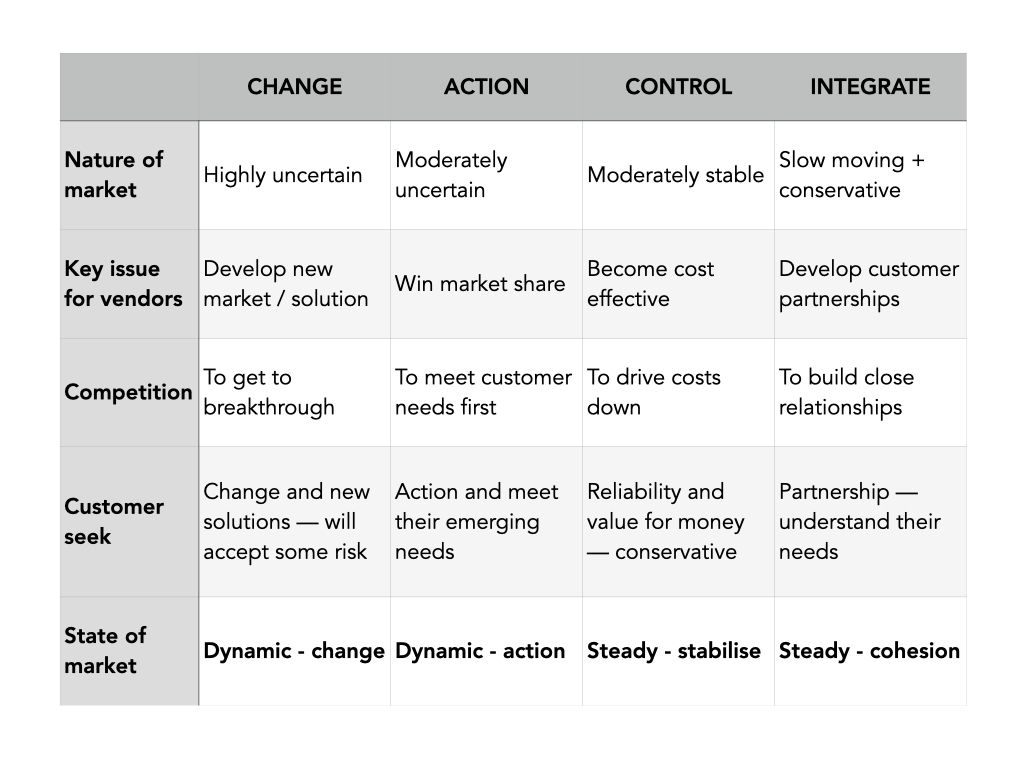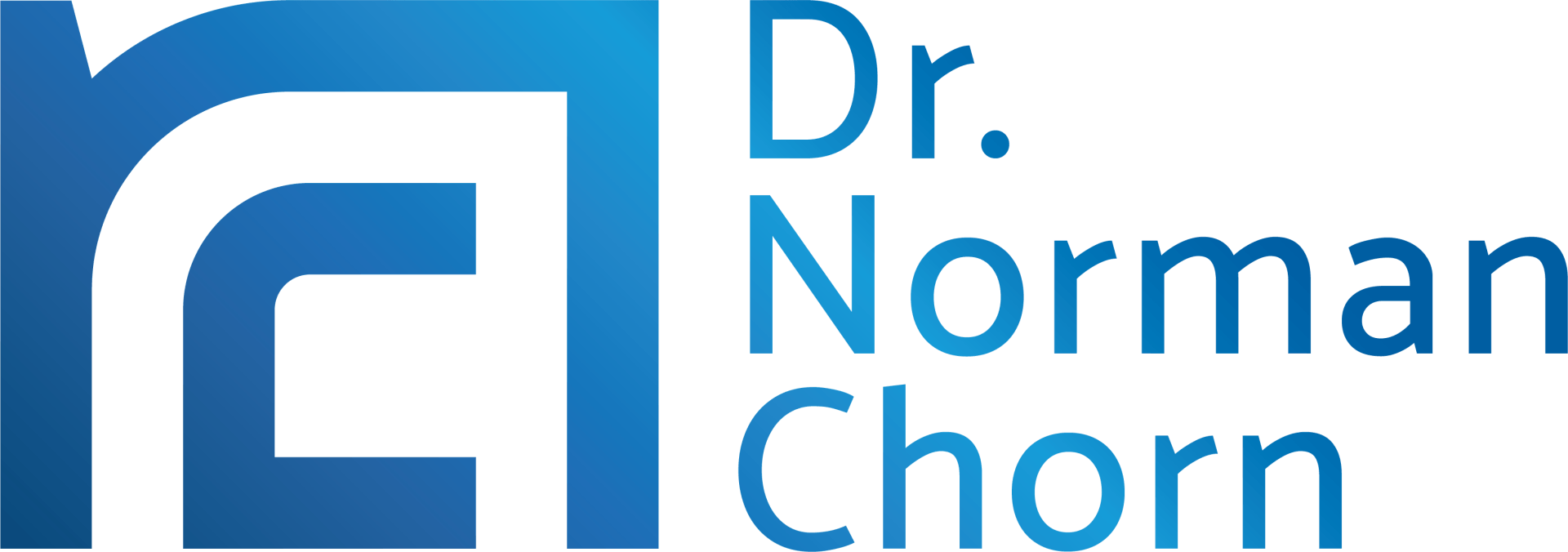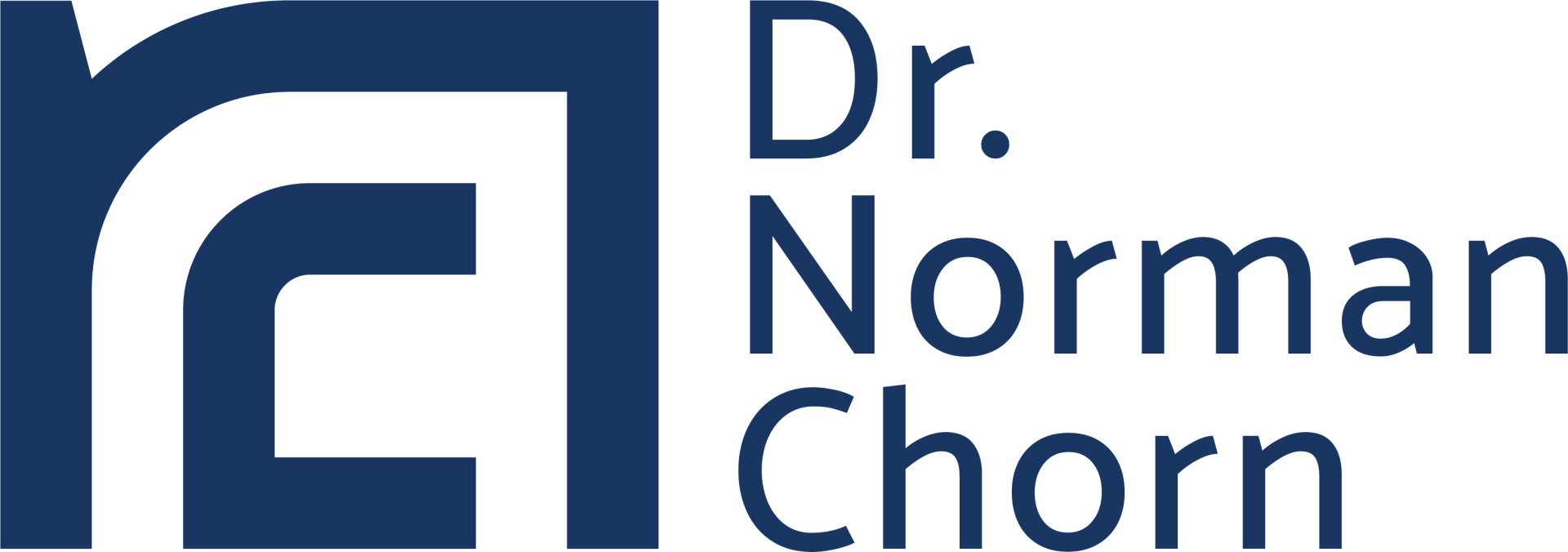Do you know what will help your organisation perform better?
In the last 30 years of research a key finding is to ensure your strategy is right for the market, and then to have a culture and leadership style to reinforce this.
But what’s the code that unlocks this alignment of market, strategy, culture, and leadership?
What is the approach that outlines how these key elements fit together?
If you had a chance to attend or watch the replay of my live webinar ‘How Leaders Align Culture with the Logic of Their Strategy?' I discussed an approach to create this alignment.
Following on from this topic, I thought it would be of benefit, to share my key insights of “Strategic Alignment” methodology in greater detail and I will do this over the next few articles.
This will help you and your organisation create strategic fit between your organisation and the market.
Forces that shape the market and strategy
We begin by outlining the timeless forces that explain the patterns behind behaviour, decisions, initiatives and plans.
Extensive research shows that we can apply these same forces to explain the overarching logic of how a market operates and what customers want.
See Figure 1 below - The forces that shape behaviours, decisions, initiatives and plans

The 4 forces are well researched in multiple settings[1] and are useful to describe both the patterns that occur in markets and in business strategy.
We outline how these may be applied to describe different conditions in markets[2].
Understanding Different Market Conditions
We may describe the different market conditions in terms of these 4 forces in the table below[3]:

What's the overarching logic of the Market?
The overarching logic of the market can be explained by whether the focus is exploring or exploiting.
EXPLORING is the state where the market is changing with a degree of uncertainty, and customers are seeking new solutions for their emerging needs. Urgency and action are implicit in this market state.
Exploring, therefore is about change and action.
EXPLOITING, on the other hand, is where the market is stable and the issues are about keeping costs low and working collaboratively with customers. There is caution and some risk aversion in this market state, where customers seek reassurance that they are getting good value for money and that the solutions will meet their needs.
Exploiting is, therefore, about controlled stability and cohesion.
When viewed in this light, it seems obvious that the strategies for exploring and exploiting are quite different.
Often, a market might appear to have both logics — ie: a need for both exploring and exploiting.
In our experience it is highly likely that, in this case, there might be two quite distinct segments in the market.
In this case, we may have to identify these different segments and develop appropriate strategies for each. More of this in Part 2.
The next step - Defining the appropriate strategy
In Part 2, I outline the strategies that suit these different market logics by describing the driving forces and the key elements of each strategy. I also address the important question of how a business might combine both explore and exploit logics into their strategy.
Hint: these two strategies cannot be easily combined except through a different organisation design.
References
(1) Helfrich et al, Implementation Science, 2007, 2:13
(2) R Martin, The Design of Business, Harvard Business School Press, 2009
(3) N Chorn, Strategic Alignment, Woodslane, 2010
About Norman
Dr Norman Chorn is a highly experienced business strategist helping leaders build highly successful and resilient organisations. Well known to many as the ‘business doctor’!
By integrating the principles of neuroscience with strategy and economics Norman achieves innovative approaches to achieve peak performance within organisations.
Subscribe to our regular articles, insights and thought leadership




